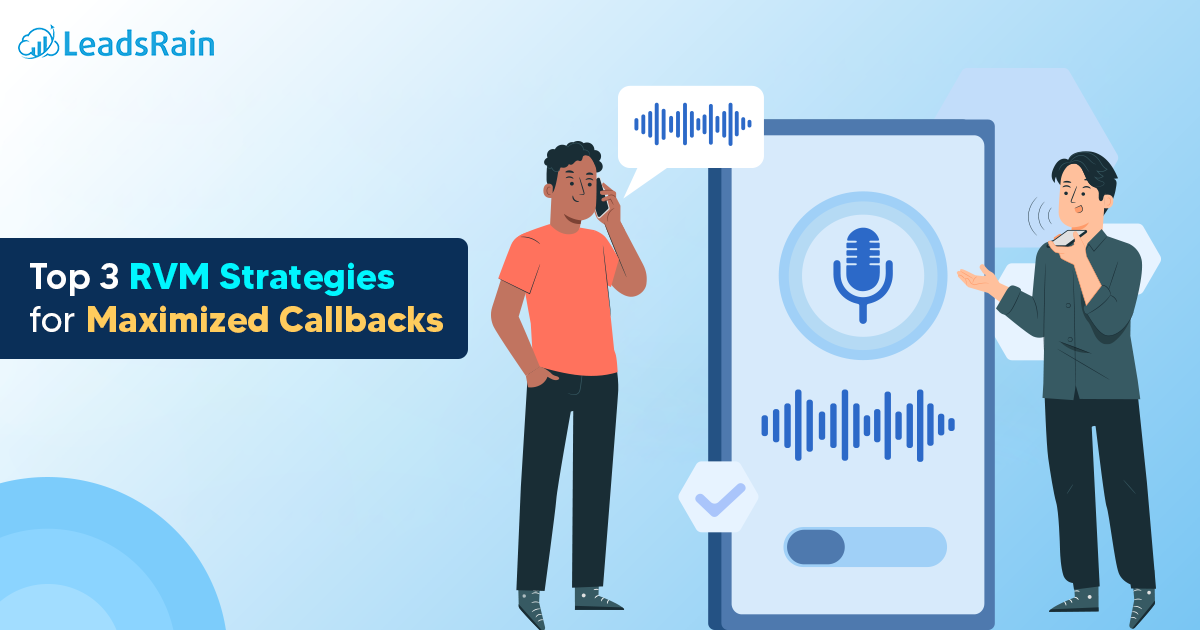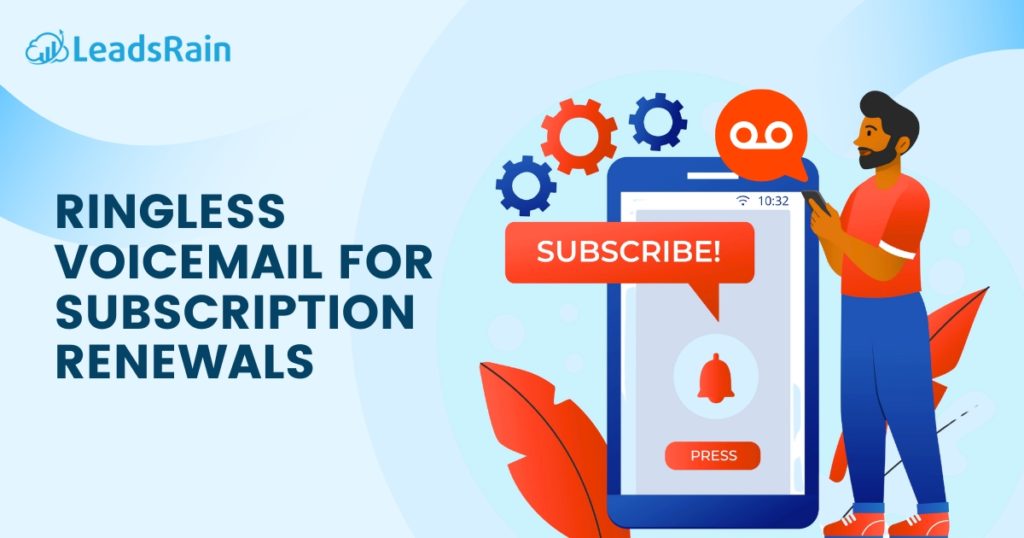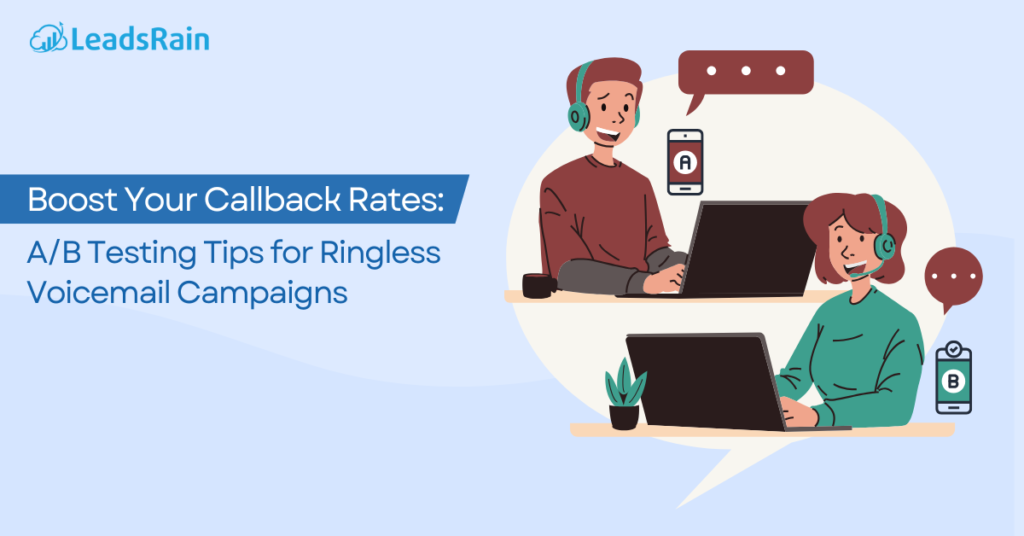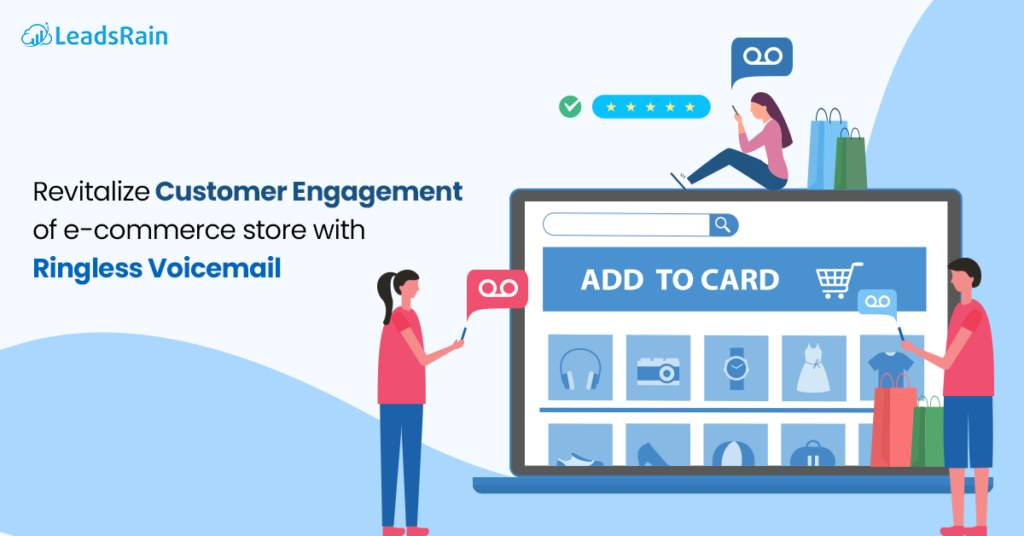Ringless voicemail (RVM) has become a standard outbound marketing tool in sectors where reaching large volumes of leads efficiently is critical — such as insurance, real estate, and financial services. It delivers a voicemail directly to the recipient’s inbox without initiating a call, preserving user experience while achieving contact at scale. For campaigns focused on lead nurturing or reactivation, RVM serves as a low-friction, high-volume outreach method.
However, simply deploying ringless voicemail without a defined strategy rarely delivers strong engagement. Callback rates depend not just on deliverability, but also on timing, personalization, and message context. To optimize RVM for measurable conversions, it’s essential to apply tested marketing structures that align with your overall funnel goals.
Below are three tactical strategies designed specifically to boost callback rates with ringless voicemail campaigns.
1. Segment and Personalize Your Campaigns
In mass outreach, one of the most common points of failure is message irrelevance. A single generic voicemail script broadcast across thousands of contacts results in low engagement and brand detachment. Segmentation—based on user behavior, lead source, or funnel stage—ensures that your message speaks directly to the prospect’s situation. Personalization then reinforces relevance by aligning tone, details, and offers with their context.
Why it works?
Targeted messaging increases perceived value. Prospects are more inclined to respond to a message that reflects their actions or interests. Voicemail that references a specific location, prior inquiry, or industry-specific need feels more authentic and avoids the “mass-marketing” red flag.
Execution tips:
- Use lead source data to tailor content: Cold leads from ads may need educational intros; warm CRM leads might respond better to reminders or promotions.
- Insert dynamically personalized elements such as the contact’s first name, region, or previous service touchpoints.
- Record different voicemail scripts for each lead segment (e.g., first-time buyers, renewal prospects, lost customers).
Example Script:
“Hi Jordan, this is Karen from Liberty Auto.
I saw you were reviewing our multi-car policy options last week. I’ve got a few updates that could save you a bit more this month.
Call me back when you have a second: 555-712-9084.”
2. Use a Structured Multi-Touch Voicemail Cadence (3-2-1 Formula)
Many businesses make the mistake of thinking a single voicemail will generate action. But user response data suggests that conversion rates increase after the second or third interaction. This is especially true in industries with longer sales cycles or multiple decision-makers. A structured, multi-touch voicemail cadence enables you to layer value, urgency, and call-to-action over a few days — without overwhelming the lead.
Why it works?
Repetition builds recognition. A single message may be missed or forgotten, but a cadence reinforces your brand while giving the lead multiple opportunities to respond. Changing the message angle (informational, time-sensitive, or friendly nudge) captures attention across different mindsets.
3-2-1 Formula Overview:
- 3 voicemails over a 5–7 day period
- 2 core messaging angles (value proposition and urgency)
- 1 consistent CTA with a reply number or booking link
Execution tips:
- First message: introduce the offer clearly and professionally
- Second message: emphasize urgency or limited-time nature
- Third message: recap and politely encourage action
Pro tip: Keep each message under 30 seconds, use a friendly but direct tone, and repeat your callback number clearly at the end.
3. Integrate SMS or Email for Multi-Touch Campaigns
Ringless voicemail doesn’t operate in isolation. Callback rates improve when recipients have more than one way to respond — especially when follow-ups are provided via SMS or email. This cross-channel reinforcement helps move leads down the funnel by increasing message recall and offering response flexibility.
Why it works?
People process voice, text, and visuals differently. A voicemail captures tone and emotion; an SMS provides convenience; an email allows detail and links. When timed correctly, these mediums reinforce each other and keep the brand top of mind without requiring repeated cold calls.
Execution tips:
- After RVM drops, schedule an SMS follow-up within 15–30 minutes.
Example: “Hey Alex, just left a quick voicemail — it’s Tara from SecurePolicy. Got something that might lower your monthly salary. Feel free to text or call me back!”
- Send an email with supplementary info like FAQs, a call scheduler link, or a case study relevant to the offer.
- Maintain message consistency: The voicemail, SMS, and email should carry the same offer but be tailored in format.
Tools to consider:
CRMs with built-in RVM and SMS features (e.g., Voicesend.ai, Slybroadcast), or marketing automation tools like ActiveCampaign or GoHighLevel for advanced sequencing.
Bonus Tips for Higher Callback Rates
1. Use a Local Area Code for Caller ID
People are significantly more likely to engage with calls and voicemails that come from a familiar area code. Use local presence dialing or a local virtual number to match the recipient’s region.
2. Keep Voicemails Under 30 Seconds
Shorter voicemails perform better. Keep the message concise, respectful of time, and focused on one clear value proposition or call to action. Rambling messages lower response rates.
3. Mention a Clear Benefit Early On
Avoid generic intros. Instead of “Hi, this is Mark from XYZ,” start with a benefit: “Hey Mark, this is about reducing your premium on your car policy this month…” Hook interest in the first 5 seconds.
4. Use a Natural, Conversational Tone
Avoid sounding scripted or robotic. A natural voice with human pacing and emotion will feel more personal and trustworthy. AI-generated voices (like from Voicesend.ai) can be effective if trained correctly.
5. Repeat the Callback Number at the End
Always say the callback number clearly — and repeat it once. Many recipients will replay or write it down only if it’s easy to catch. Example: “Again, it’s 555-721-9842.”
6. Optimize Send Times Based on Audience Behavior
Don’t just send voicemails randomly. B2B campaigns may perform better mid-week mornings, while B2C campaigns could get more traction on weekday evenings or Saturday mornings. Test and adjust.
Summing it up
Ringless voicemail campaigns perform best when built on a foundation of targeted segmentation, carefully planned timing, and integration with other communication channels. These elements help increase engagement and turn voicemail drops into meaningful interactions that drive callbacks.If you want to improve your campaign setup, connect your RVM system with your CRM, or explore advanced voice technologies, reach out to us at support@leadsrain.com. We’re here to provide expert guidance and help you get the most from your outbound efforts.




